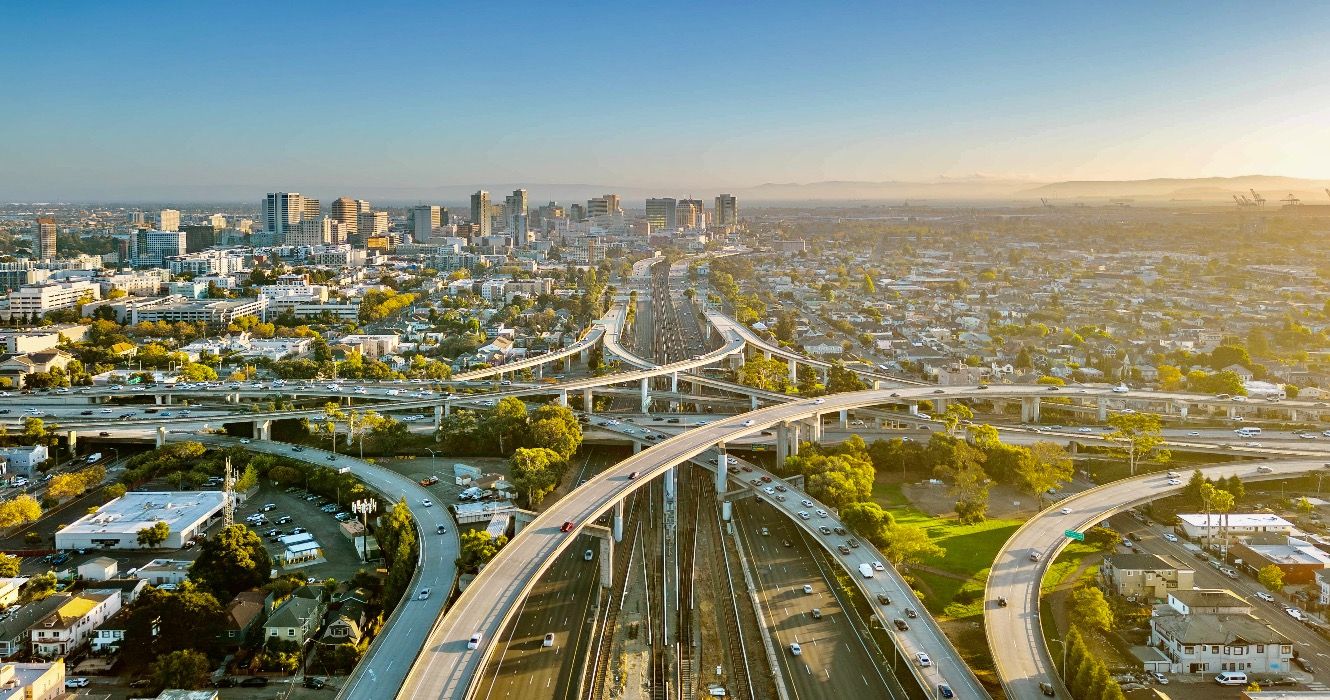Understanding the 213 Area Code: A Vital Part of Los Angeles
The 213 area code has been an integral part of Los Angeles' history, serving as one of the original area codes established on January 1, 1947. Originally assigned to cover the entire city of Los Angeles and its surrounding areas, it played a significant role in the region's telecommunications system as the city grew rapidly.
In the decades following its establishment, the 213 area code efficiently handled the communication needs of a rapidly expanding city. However, the surge in population and the rise of businesses necessitated a change. By 1984, the demand for more phone numbers led to the 213 area code being split into new area codes such as 310 and 818, but the 213 area code still serves central Los Angeles today.

Today, the 213 area code is synonymous with downtown Los Angeles and its vibrant, diverse neighborhoods. It continues to serve a wide range of communities, from bustling commercial centers to culturally rich districts. The area code now covers both landlines and mobile phones, with mobile numbers making up a significant portion due to the increase in mobile usage over the years.
Current Usage of the 213 Area Code
The 213 area code today is essential for connecting Los Angeles' downtown area and its surrounding neighborhoods. Some notable areas within the 213 area code include:
- Downtown Los Angeles: Known for its high-rise buildings and vibrant business scene.
- Koreatown: A hub of culture, entertainment, and dining experiences.
- Chinatown: Featuring cultural landmarks and a strong community presence.
- Little Tokyo: A historically significant neighborhood celebrating Japanese-American heritage.
As Los Angeles has expanded, so has the demand for phone numbers within the 213 area code. Although landlines remain in some areas, most residents now rely on mobile phones, further increasing the demand for new numbers.

Neighborhoods Covered by the 213 Area Code
The 213 area code covers several distinctive neighborhoods in Los Angeles. In addition to Downtown LA, the area code serves diverse communities such as:
- Skid Row: Known for its high concentration of homeless individuals and a long-standing struggle with social issues.
- MacArthur Park: A historic area with a central park that has been the site of several cultural events.
- Pico-Union: A vibrant immigrant community with a dynamic local economy.
- Westlake: A blend of residential and commercial spaces with a rich cultural identity.
The 213 Area Code and Popular Culture
Over the years, the 213 area code has gained significance in pop culture, particularly within the hip-hop and rap music scenes. Artists like Dr. Dre and Snoop Dogg have referenced the 213 area code in their songs, associating it with the lifestyle, struggles, and culture of Los Angeles. This connection has cemented the 213 area code as a symbol of the city's unique identity.
Future of the 213 Area Code
As the population of Los Angeles continues to grow, the 213 area code faces challenges in meeting the increasing demand for new phone numbers. To prevent exhaustion of available numbers, the region has adopted overlay area codes such as 323, which share the same geographic coverage but provide additional phone numbers. This strategy ensures that the 213 area code remains operational without the need for further splits.
Interesting Facts About the 213 Area Code
- The 213 area code is one of the most iconic and historically significant area codes in the U.S.
- It encompasses Downtown Los Angeles, a major cultural and business center.
- The 213 area code has been referenced in numerous songs, films, and other pop culture elements, contributing to its status as a cultural touchstone.
- The 213 area code is often associated with the dynamic lifestyle and culture of Los Angeles, making it a defining feature of the city's identity.















